It’s Not What You Eat. It’s How You Eat It
March 12, 2015 in Daily Bulletin
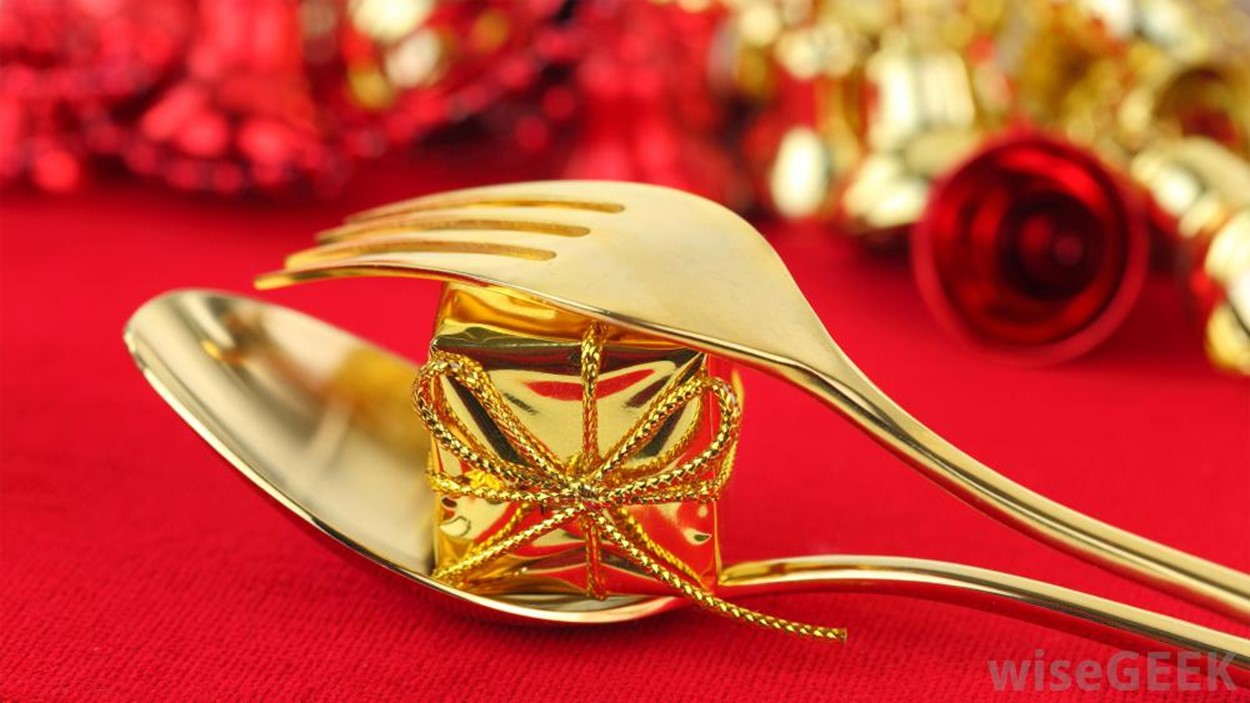
Oliver Wainwright wrote about how the tools we use to eat can change our perception of what we’re eating:
- As Centives has previously covered, the metal that cutlery is coated in can affect its taste.
- Because of their “reduction potential” copper and zinc add a sour, metallic taste to food.
- Since gold is inert it adds more of a creamy taste to foods.
- The science is important – if cutlery were to accentuate the taste of sweetness, then food could actually have less sugar in it.
- Scientists are also experimenting with other dinner items. A gold leafed wand can be dipped into a jar of Nutella to replicate the experience of licking your fingers.
- Coating a bowl in rabbit fur adds a more tactile experience to soup.
- The future may be electrical shocks delivered directly to the tongue to stimulate different taste buds.
- The technology is a ways away though –at the moment the electric currents just taste sour.
Read more about what future cutlery could be like, why it’s not that great to be born with a silver spoon in your mouth, and more over here.
Source: The Guardian
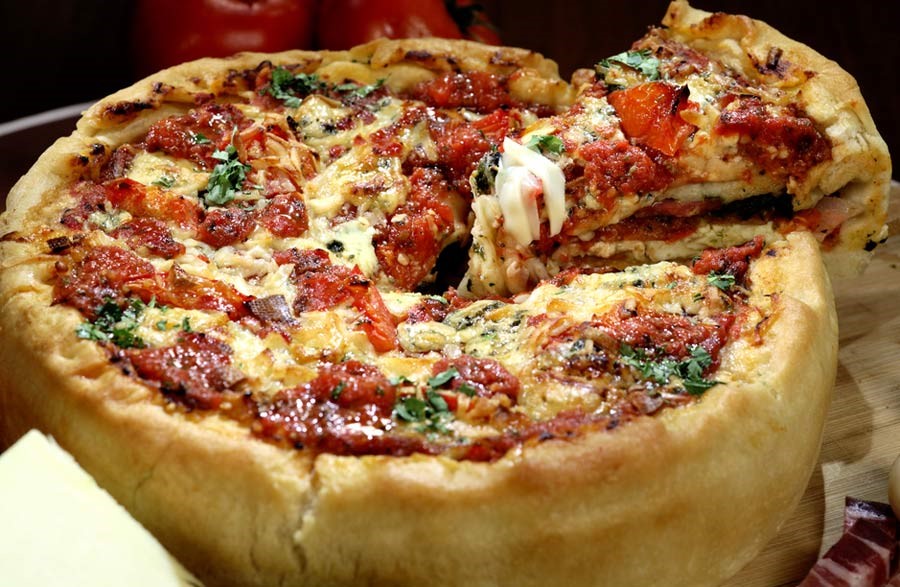
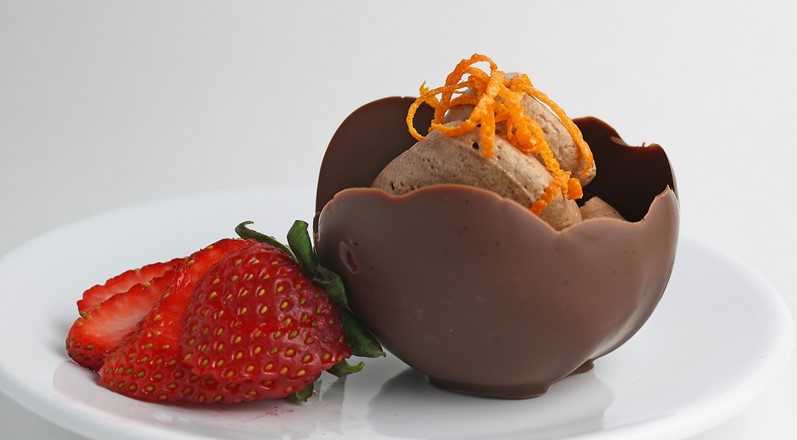
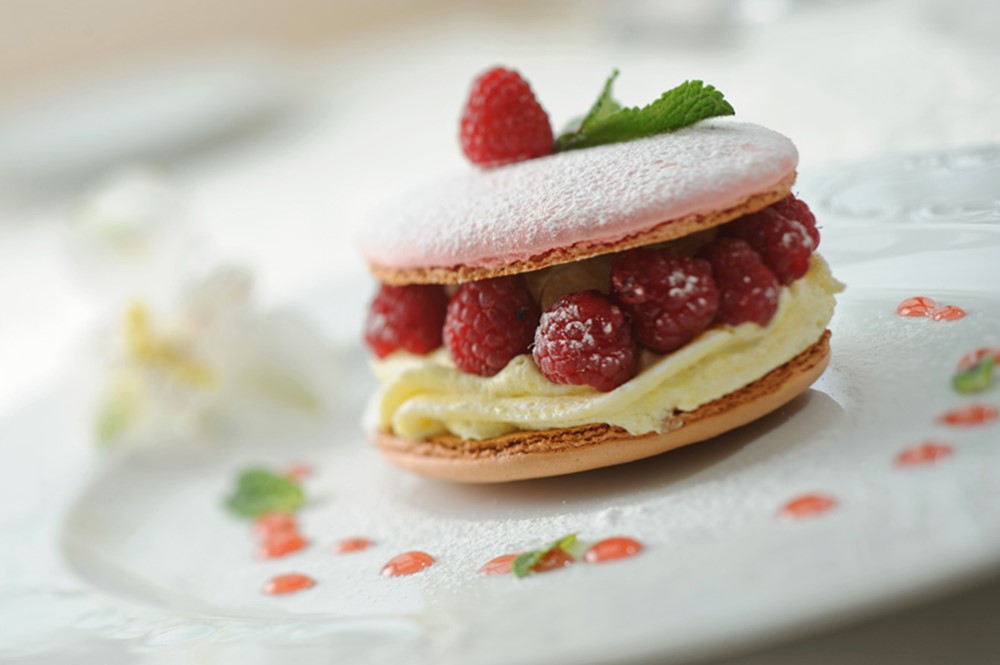
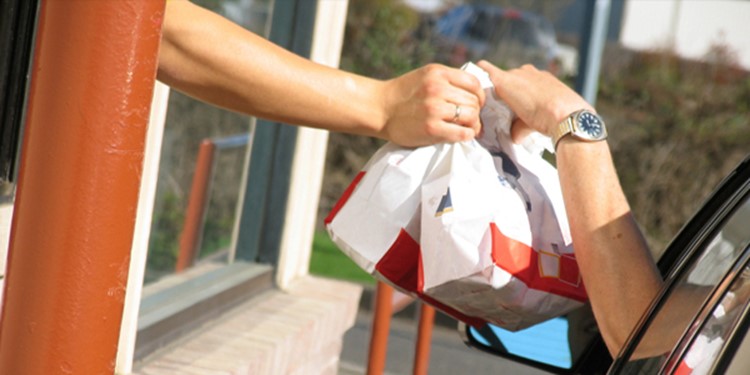
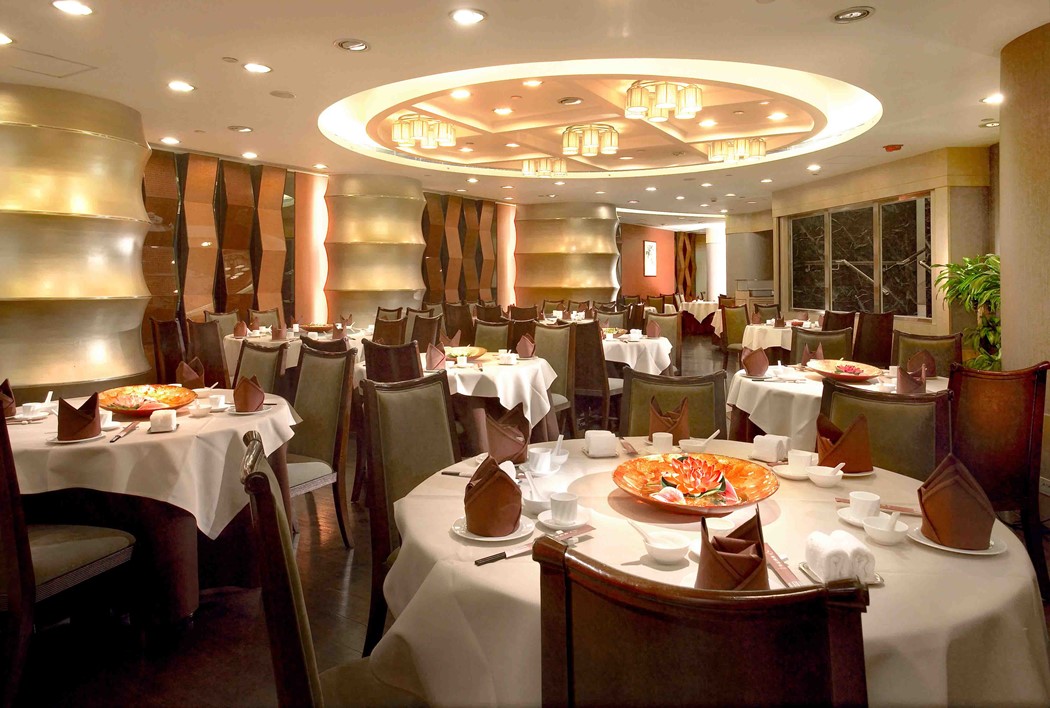
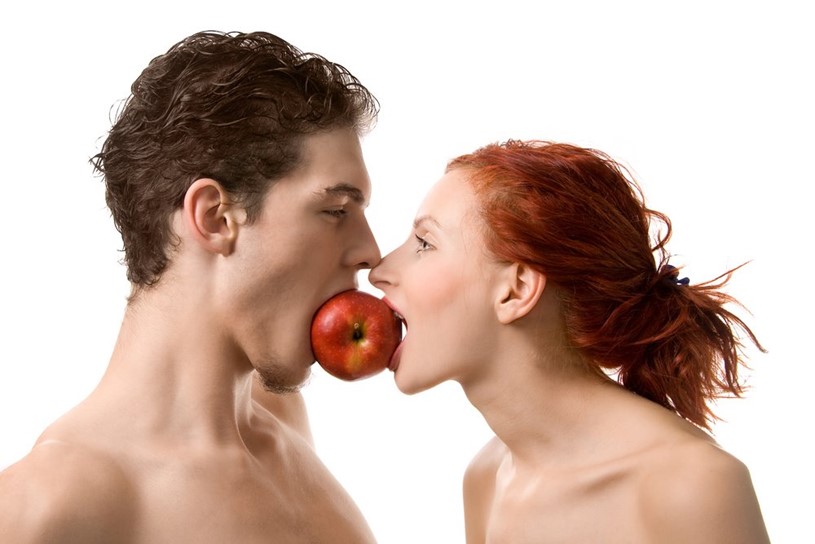
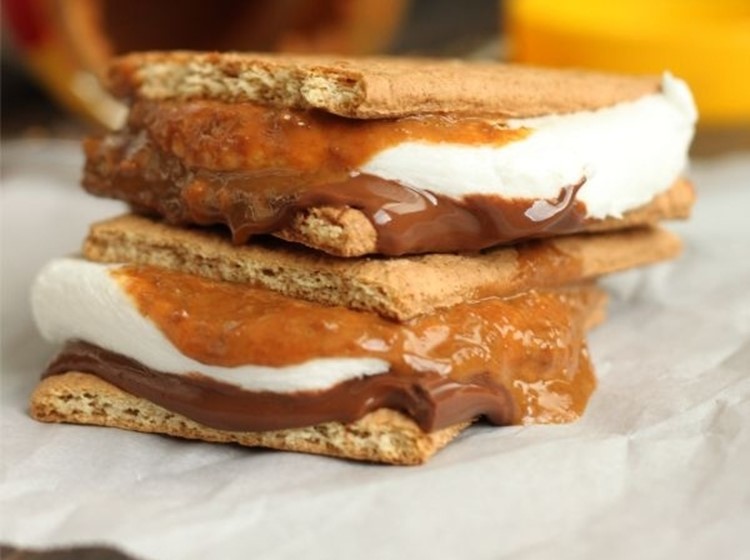
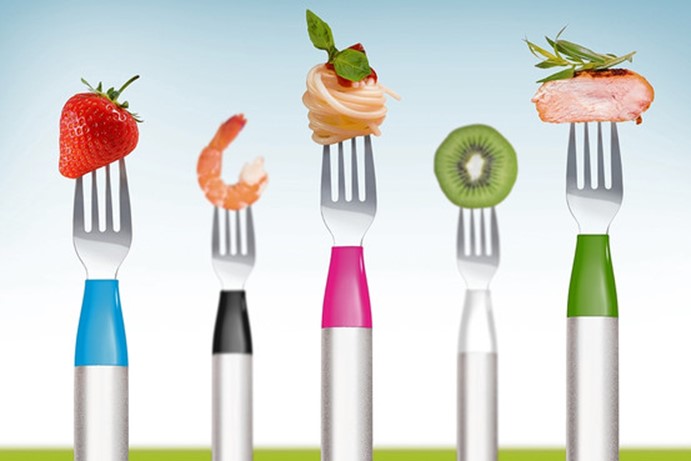
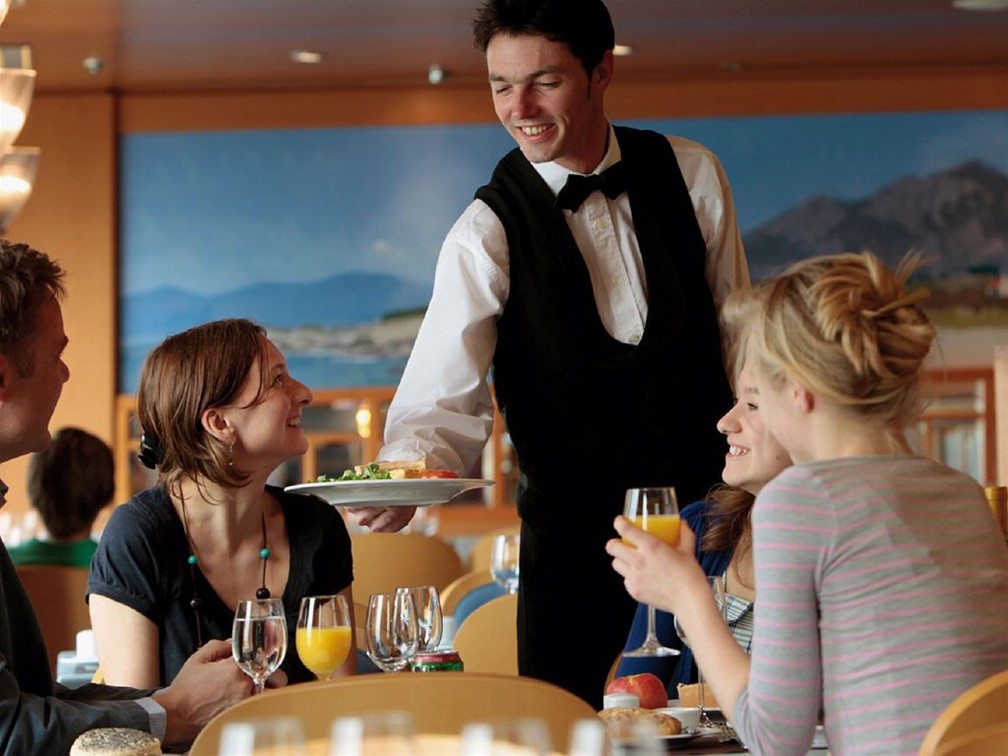
Join the Discussion! (No Signup Required)